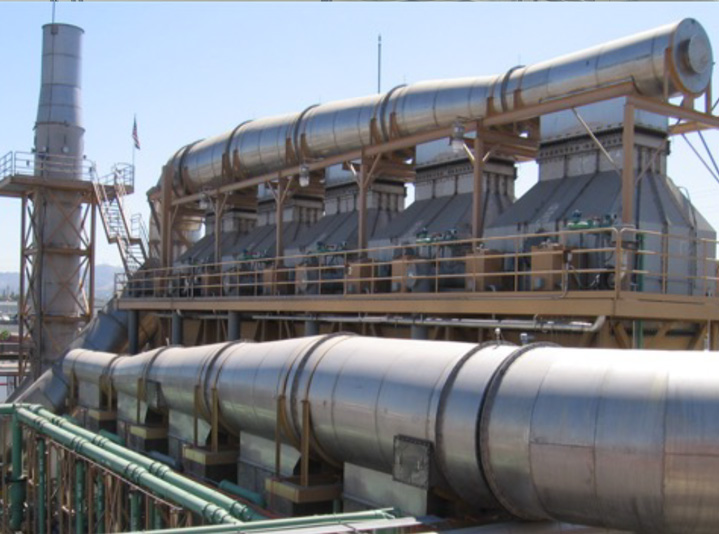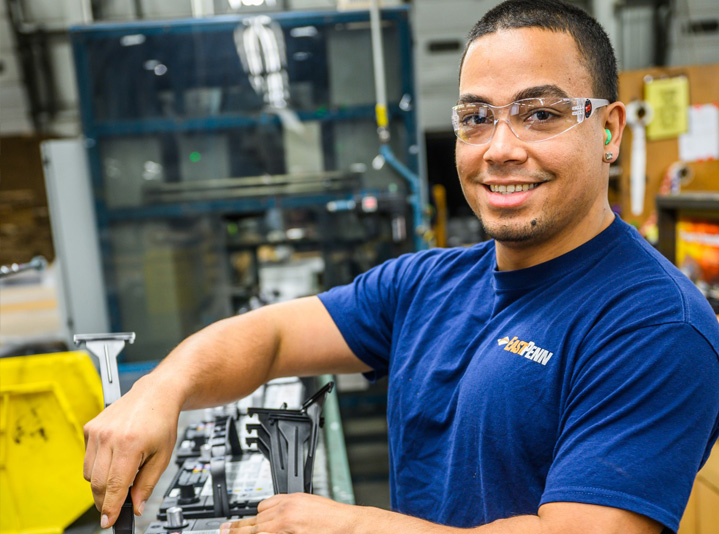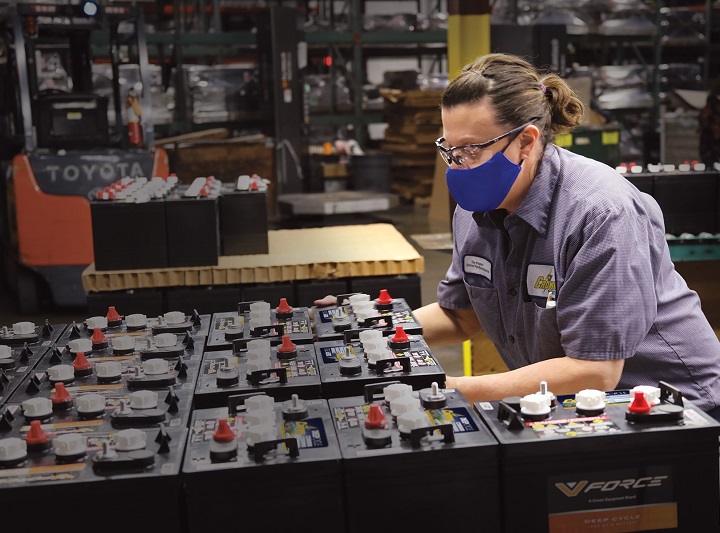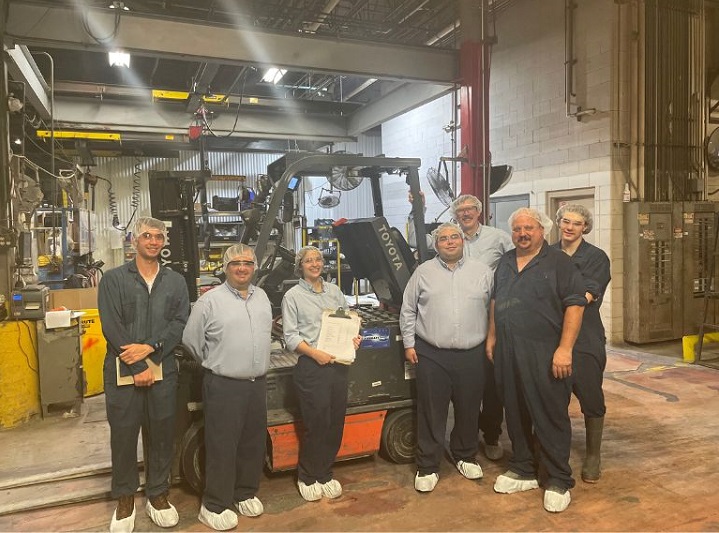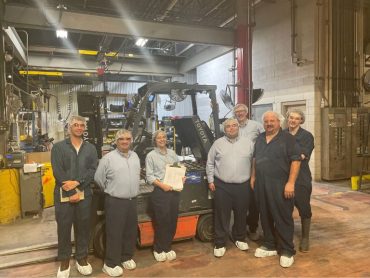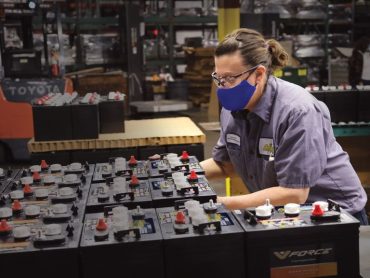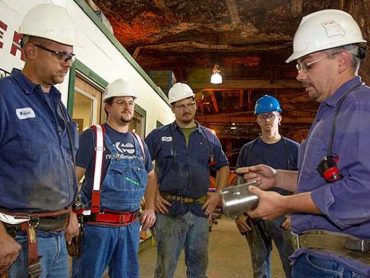Keeping employees, communities, and products safe is integral to the work of Battery Council International (BCI). BCI member firms that operate battery manufacturing and recycling facilities strive to exceed OSHA standards and continually advance their efforts to protect employees, communities and the environment.
OSHA Safe + Sound Week Is August 15-21
With nearly 26,000 employees across the U.S., companies in the lead battery industry make safety a top priority. During Safe + Sound week...
Article
August 15, 2022


